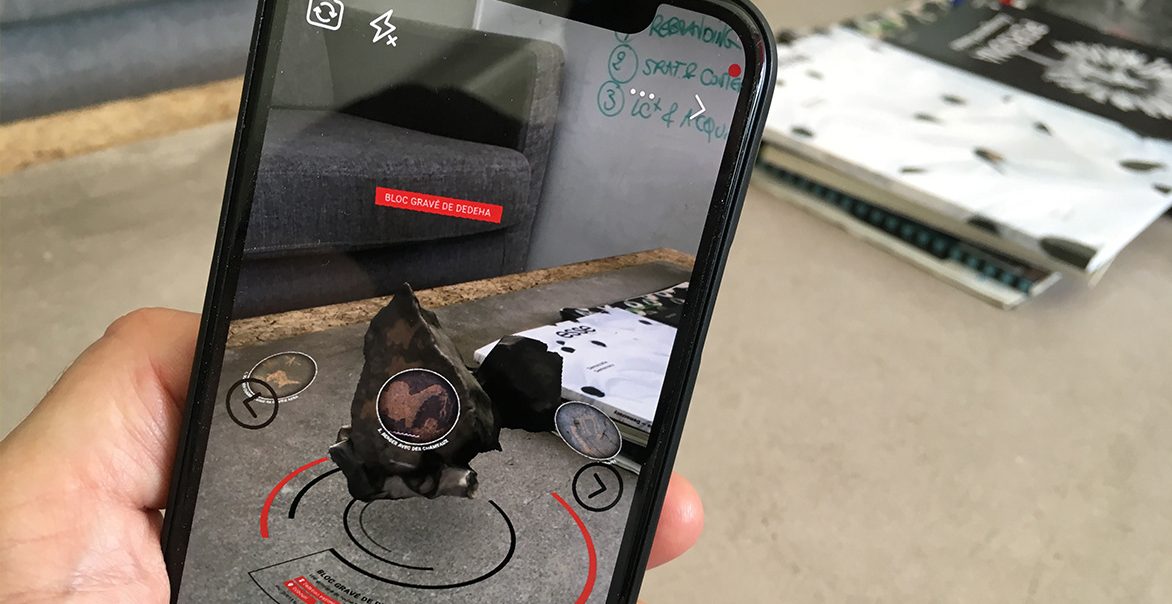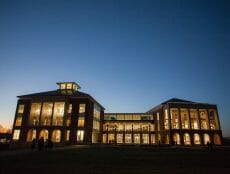
Articles
Editor’s Picks
K-12
A Group of Researchers Designed an AR Geopark to Test What Motivated Elementary School Learners
By Henry Kronk
May 26, 2019
What if you let a class of elementary school learners wander around a geopark with augmented reality (AR)-equipped devices to learn about geology? Would they learn more effectively than a traditional class? And how would students with different learning styles fare? These are some of the questions a team of Taiwanese researchers asked in a recently published study titled “Do Learning Styles Matter? Motivating Learners in an Augmented Geopark.”
Authored by Tien-Chi Huang, Mu-Yen Chen, and Wen-Pao Hsu from the National Taichung University of Science and Technology, the article was submitted in 2016 but was only published in the latest issue of the Journal of Educational Technology & Society.
An AR Component to the Yehliu Geopark
For their experiment, the researchers designed an AR learning module for the Yehliu Geopark, which is about a 40 minute drive outside of Taipei. An elementary school class comprised of 70 learners between 4th and 6th grades was divided into a control and experiment group. Every student had experience using mobile devices. The control was first taught a traditional course about local geography and then brought to the park to see it firsthand.
The second group, meanwhile, was brought to the park with a mobile device that included AR learning modules relating to specific formations found in the park.
Both groups were tested on their knowledge of local geology before the experiment. Their performance was almost identical.
As the authors write, “Among school subjects, geology places the most emphasis on observation and authentic learning, in which rich geological natural resources can stimulate students’ intention to learn. However, the traditional one-guiding-many method of teaching geology outdoors usually fails to arouse the individual’s motivation to learn, and does not provide content that facilitates individual exploration by the student.”

Based on previous research, the authors theorized that, among the AR test group, certain learners who favored different learning styles would learn more effectively than the traditional class, and vice-versa.
For a learning style framework, the researchers referred to John Keller’s ARCS (attention, relevance, variation, and satisfaction) model and David Kolb’s learning style theory (data grasping vs. data variation).
They asked the following three research questions before starting out:
- Does the AR u-Geopark learning system improve learning achievement?
- Do students with different learning styles achieve the same level of learning when using the AR u-Geopark learning system?
- Did the AR u-Geopark learning system augmented by AR motivate students?
The Results
The researchers were surprised to learn that, on average, the AR test group did much better on their exit tests, which reassessed their geological knowledge. Before the experiment, both groups scored roughly a 55 out of 100 on their test. After, the AR test group scored an average of 74.86, while the control scored an average of 68.00.
After this knowledge test, students were also assessed on their Kolb learning styles and Keller ARCS model.
As the authors write, “the results show that the “AR u-Geopark system” improved students’ learning achievement, especially for those with diverging and accommodating learning styles, both of which are concrete-oriented style. The outcome shows that the real environment activity is more attractive for students who prefer concrete experiences, and the system provides dynamic, interactive information for their education. The differences of pre-test and post-test scores among the four groups did not reach the level of significance. In other words, when immersed in the same process in an AR-assisted ubiquitous learning environment, learning achievement levels do not differ among the different learning styles.”
This was unexpected. It’s not what past research has shown.
Past studies have examined learners’ achievement while using hypermedia and online learning systems according to their learning style (Di Serio et al., 2013; Terrell & Dringus, 2000; Terrell, 2002; Wei et al., 2015). They stated that in a digital learning environment (nonface-to-face), the “abstract” approach learners performed better than the “concrete” approach learners. In this study, the “concrete” approach learners (diverging and accommodating) improved significantly after the learning experience. This indicates that while all the learners are exploring in an authentic environment, the concepts can be concretize by presenting images of different angles on the mobile interface (Chen & Chen, 2017). Therefore, we suggest that AR may provide more benefits to learners with a concrete approach than to those who learn with an abstract approach. Besides, we conclude that the AR possesses great different features comparing to other types of e-learning technology, it helps learners to connect the concrete environment and abstract concept.”
Huang, Chen, and Hsu conclude, writing, “In this study, we found out that the 3D presentation in the system satisfied the diverging learners’ innovative need, the detailed explanation about the Geopark sites in the system fulfilled what assimilating learners want, and the activity was conducted in an authentic environment where accommodating learners could explore. The AR system and the ubiquitous learning environment aroused the motivation to learn, even among students whose learning style orientations are different. In other words, the diverse needs of the students were satisfied by the characteristics embedded in the AR which assisted the learning activities.”
Read the full report here.
Featured Image by Imprudence Studio, licensed under CC BY-NC-ND 4.0. The image has no relation to the research presented in this article.









No Comments